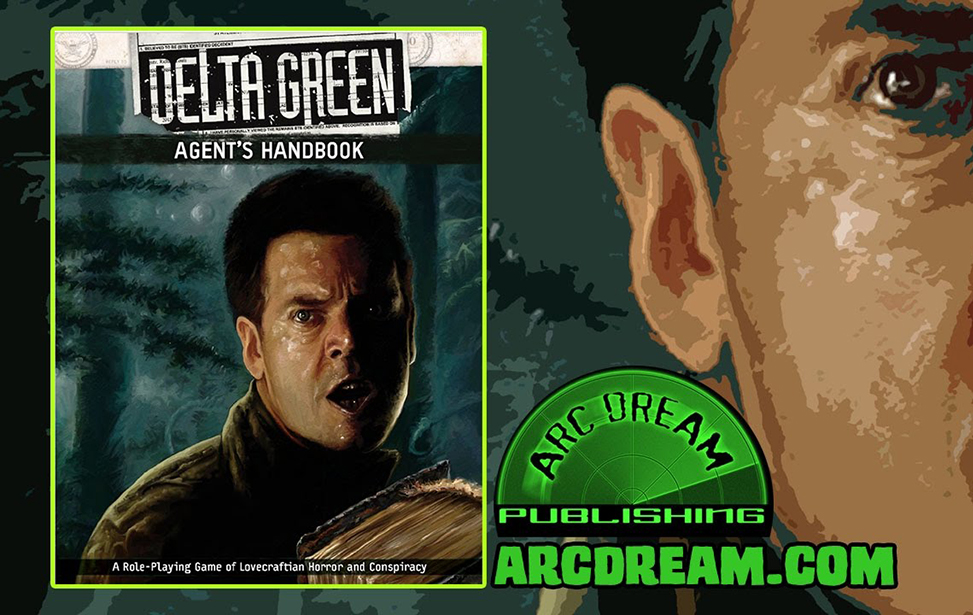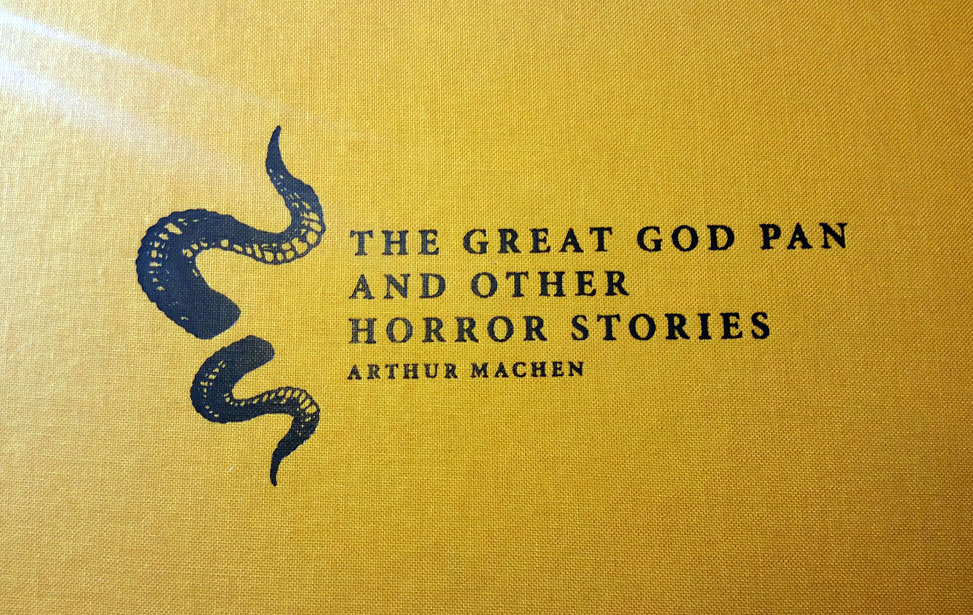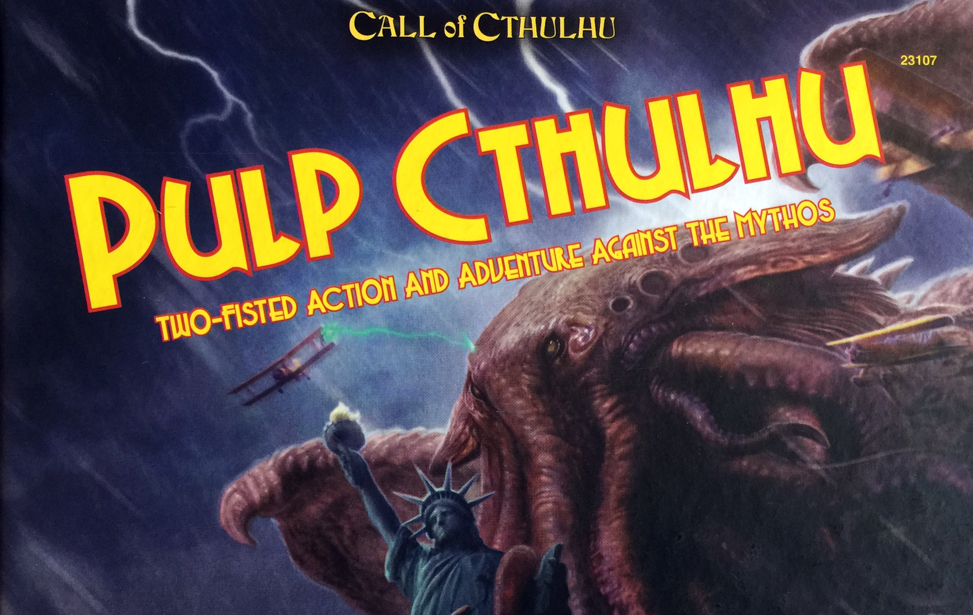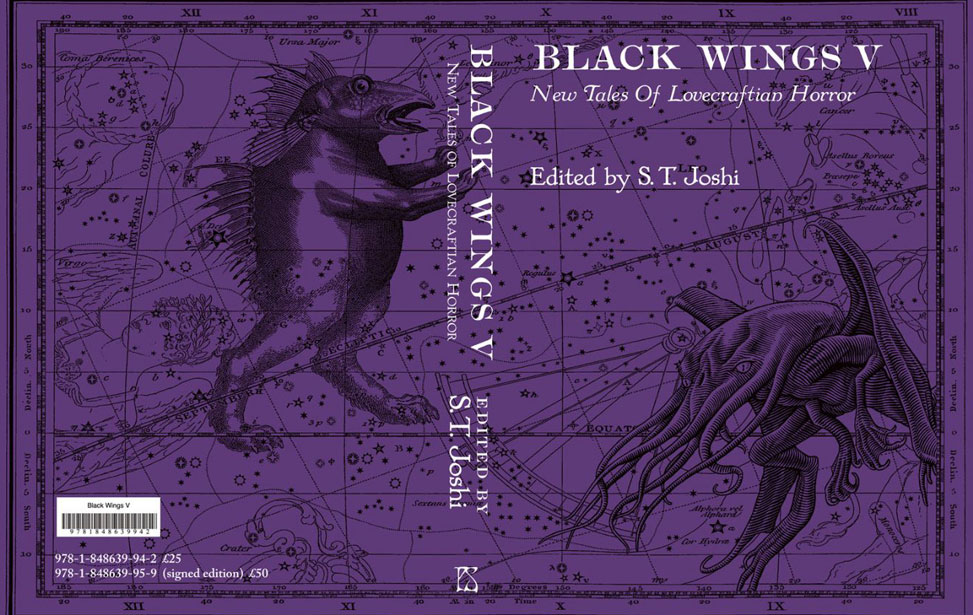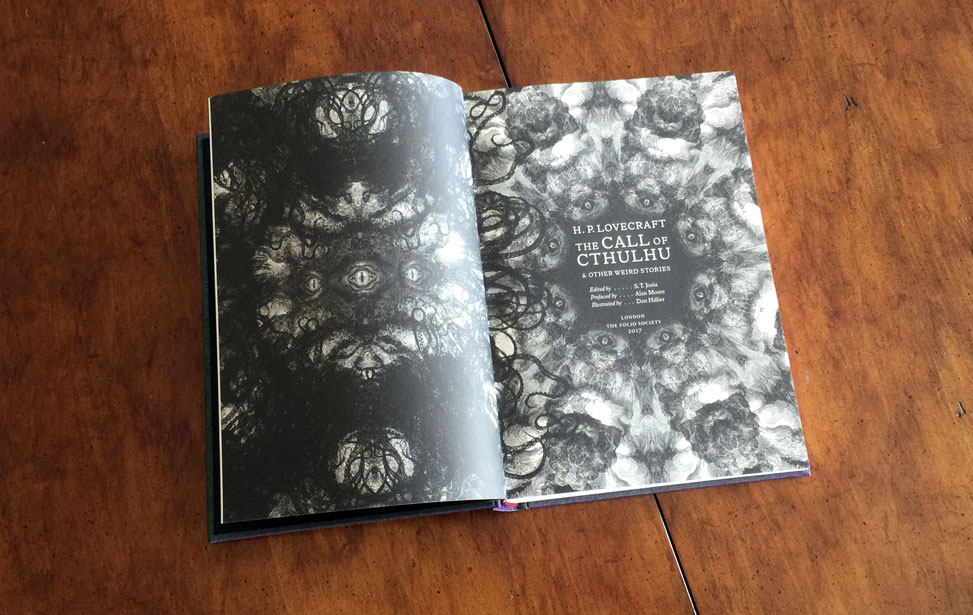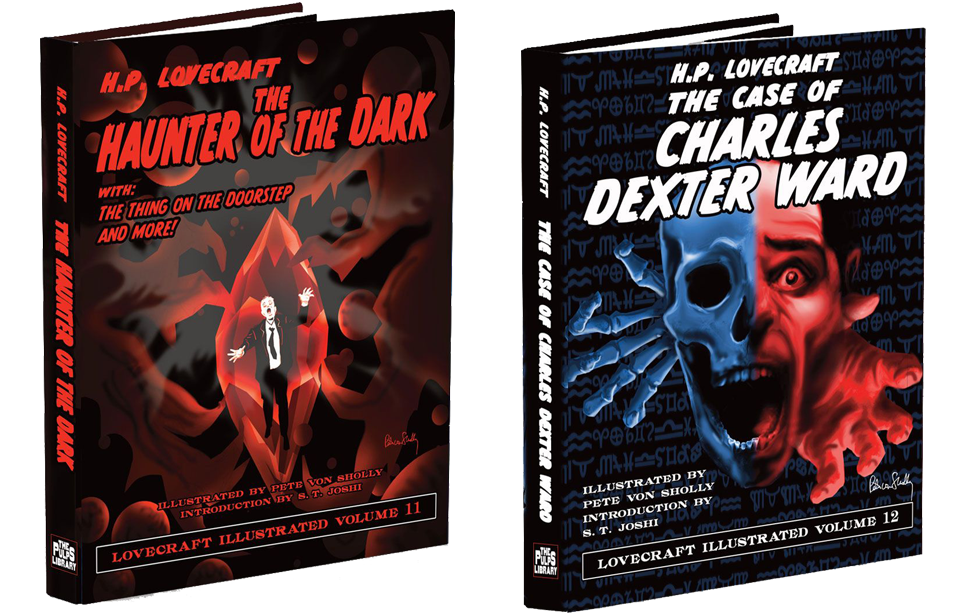The Void
The Void is an homage both to Lovecraft's cosmic vision and to the great sci-fi-horror movies of the past few decades. With its superb monster effects, fans of the genre are likely to enjoy this bleak and frightening movie. A real piece of Lovecraftian horror!
- Overall: B B B B B
- Quality: Q Q Q Q Q
- Value: V V V V V
- Distributed by D Films. Written and directed by Jeremy Gillespie and Steven Kostanski.
- Price: $18.69 (DVD)
Review by William Dean
May 4, 2017
It is an irony that any fan of Weird cinema must enjoy that, for all of the towering influence Lovecraft has had on the genre, Lovecraft himself detested horror movies. Yet the man who said “[a]s a thorough soporific I recommend the average popular ‘horrible’ play or cinema or radio dialogue” and who refused permission for his own works to be so-adapted could not possibly have envisaged the degree of talent and creative energy that the ensuing century would see poured into these mediums. There is by now a very long pedigree of admirable science-fiction-horror movies which evidence display of Lovecraft’s pioneering bleak cosmic vision. The movie under examination today, The Void, stands proudly as the next in line of this great tradition.
First a brief overview of The Void’s plot. A police-officer in small-town rural America finds an injured man staggering into the road and takes him to a small out-of-town hospital. Soon the staff and patients find themselves trapped inside by an army of eerily silent hooded cultists. Within the hospital’s doors hideous shape-shifting beings begin to appear and attack. Under threat from within and without, the protagonists trapped inside struggle to reconcile their differences and survive the nightmare.
So far so simple. And familiar: George A. Romero, John Carpenter and many others have made such plot outlines a staple of their work – and for good reason. The siege plot brings out the best and worst in any cast of characters. Under pressure, we get to see the protagonists as they really are; their secrets are revealed; their relationships are burned away to their (sometimes ugly) fundamentals – in short, it allows for a maximum of character exposition in a minimum of screen time. If ably written and paced this plot outline allows for a fine balance of action, respite and tension. Cult classics such as (but definitely not limited to) Assault on Precinct 13, The Thing (1982), The Fog, Day of the Dead, Dawn of the Dead and Night of the Living Dead (at least in most of their incarnations) all have successfully taken this approach. On the surface The Void appears to be following its genre forefathers reasonably closely: the police officer’s ex-wife works within the hospital; early in the movie a pair of mysterious gun-wielding aggressors arrive in the hospital, providing conflict and tension amongst the besieged; a heavily pregnant girl within the hospital is due to give birth, adding additional urgency to the proceedings. So far so conventional. Where The Void differs, however, and surprises us is in taking these stock elements and then doing something far more interesting with them. In The Void these and other familiar and hackneyed tropes become new and provocative. The ideas behind The Void are impressive and imaginative.
In spite of this the movie does have some weaknesses in its plot and structure and not all of its ideas appear to be properly worked out. Without giving away any spoilers I can say that certain sub-plots and concepts are never fully resolved or explained, even where they are relevant to supporting the main story. I do not believe that everything in a story necessarily has to be explained – a little ambiguity is good for the imagination and can in fact help draw in and more deeply engage the viewer – but it can become frustrating if the viewer feels like that they are doing to filmmaker’s work for them, filling in the conceptual gaps. The Void unfortunately has several of these, and it is not clear that they are always deliberate: there is a moment where important information, explaining the relationship between two mysterious characters, is revealed; but it happens too quickly – and, frankly, in too poor lighting – for the viewer to grasp the detail. Repeated viewings might uncover what the filmmaker meant to convey and, for the most part, the viewer can get the gist thus at least avoiding outright plot-holes; but it feels like a flaw in the movie when information, rather than being deliberately left vague and opaque to pique interest, is simply communicated poorly. Other elements in the movie – including some of the most visually impressive and striking moments – are never explained at all. Some of these mysteries are enjoyable, hinting at depths of unknown knowledge and allowing for fun speculation by the viewer. Others however appear to have been included in the movie for the benefit of general aesthetic and mood and don’t have any tangible relationship to the goings-on. Simply put, some things seem to be there because “they look/sound creepy” and don’t necessarily seem to have been tied into the internal logic of the movie. This is a relatively minor gripe however, one common to a great deal of Weird fiction, and nothing to spoil our enjoyment over.
Slightly more serious however – and ultimately what stops me from giving The Void a higher rating – are its pace and structure. Most siege movies make certain to take breaks between action to introduce some lighter moments. This allows some relief for the audience, but the change of mood also allows some variety in acting-style from the cast and is an opportunity to explore different moods and emotions. Moments of dry humour – especially effective in horror – can be introduced. It’s in these moments that we can learn more about the characters and also to set up and foreshadow future revelations that can appear later. This is where the exposition happens. The Void never really does this – or at least it rather speeds through them. Once the horror begins it never really lets up. There are no real breaks from the tension. It becomes quite brutal and eventually the viewer – unless he or she is a real horror junkie – is in danger of suffering from fatigue. For me, speaking as a lover of sci-fi-horror, this is the single biggest flaw in the movie. It misses the pacing advantages of the horror-siege plot structure.
The Void is much more successful in its following of classic cult horror with its special effects. The filmmakers elected to build their own monsters controlled by puppeteers, acrobats and contortionists and the like – a welcome relief in today’s CGI age – and the same big names of sci-fi-horror are again referenced. Those familiar with John Carpenter’s “Apocalypse Trilogy” will recognise many of the its iconic shots – and indeed some of the creatures themselves – being recreated in The Void. Other moments seem more evocative of Stuart Gordon and Brian Yuzna – although thankfully The Void exercises more restraint. Overall the majority of The Void’s effects are quite convincing and really help drive the horror. The monsters in particular are one of the great strengths of the movie, eliciting revulsion and horror whenever they appear. Crucially they are also well-presented with regards to lighting and time on screen and in this way even the weaker effects never effect wry amusement from the viewer – always a risk with latex monsters lathered in KY jelly. The grue and gore – although never excessive in any one moment – do become a bit overwhelming on the viewer’s senses towards the end of the movie, but this is a part of the aforementioned problem of structure and pace, rather than with the effects themselves. Overall the effects of The Void are a triumph and more mainstream Hollywood movies would do well to take note.
Another highlight of the movie is its soundtrack. Synth/industrial band Blitz//Berlin get the lead billing, but the opening credits reveal Lustmord as one of the movie’s contributors. Lustmord (aka Brian Williams, one of the greats of the ‘80s industrial music scene) is the acknowledged inventor of the Dark-Ambient music genre and I can testify that, even without visual stimulus, his soundscapes are truly unsettling. Although the film doesn’t tell us I suspect that Blitz//Berlin scored most of the music with Lustmord handling the soundscapes. The music is quite subtle for the most-part, unobtrusive but keeping the viewer constantly on edge and a little uncomfortable: a subconscious scratching of fingernails down a chalkboard. It never distracts, always happy to sit in background, out of conscious mind but quietly driving the mood as required. At the very end of the movie, as the credits roll, we hear the American blues-folk song “Bye and Bye We’re Going to See the King” playing eerily on gramophone, complete with clicks and whistles. Under the circumstances, after the harrowing rollercoaster we’ve witnessed for the last 90 minutes, it is a perfectly judged ending. It certainly puts a new spin on an American classic – with the right emphasis, instead of gospel, it becomes a cultist hymn! I look forward immensely to a commercial release of the soundtrack.
I began this review by commenting that this movie is only the most recent in a long tradition of science-fiction-horror. On watching it will be evident that the filmmakers behind The Void are clearly enormous fans of this genre and that they appear intimately familiar with the great cult-classic works of the last few decades. They have clearly incorporated elements from many of these movies into their own – some more obviously than others. I never felt however that they were copying. The tone of The Void is not one of imitation or pastiche – instead it is a successful homage to and appreciation of what has come before. The movie is not perfect but in spite of its flaws I thoroughly enjoyed it. I felt that, perhaps even more than some of the masters of horror that clearly inspired this work, the makers of The Void properly understood Lovecraftian horror. The Void blurs disquietingly the boundaries between science and the supernatural. It hints at depths of space and knowledge so vast and alien to our narrow human understanding as to terrify. It is truly effective at conveying humanity’s insignificance. This does make for a bleak movie, to be sure, but the filmmakers have undeniably captured the spirit of Lovecraft’s fiction
The Void then stands out because it succeeds so sublimely at portraying Lovecraft’s vision of cosmic indifference and the inconsequence of our petty species. This might not appeal to all – in fact it’s probably a tough sell to your average movie-goer – but if you are looking for a true Lovecraftian experience then I suggest The Void will meet your requirements most admirably.



